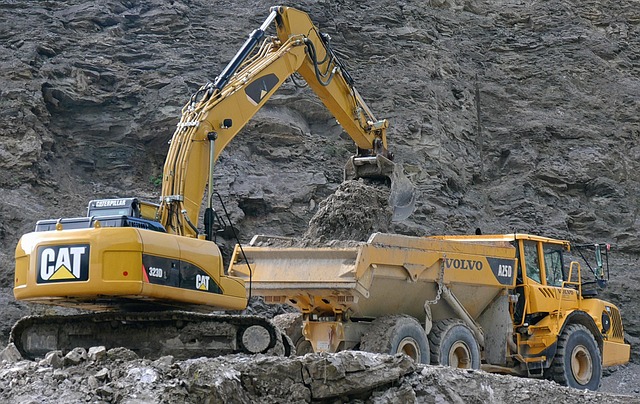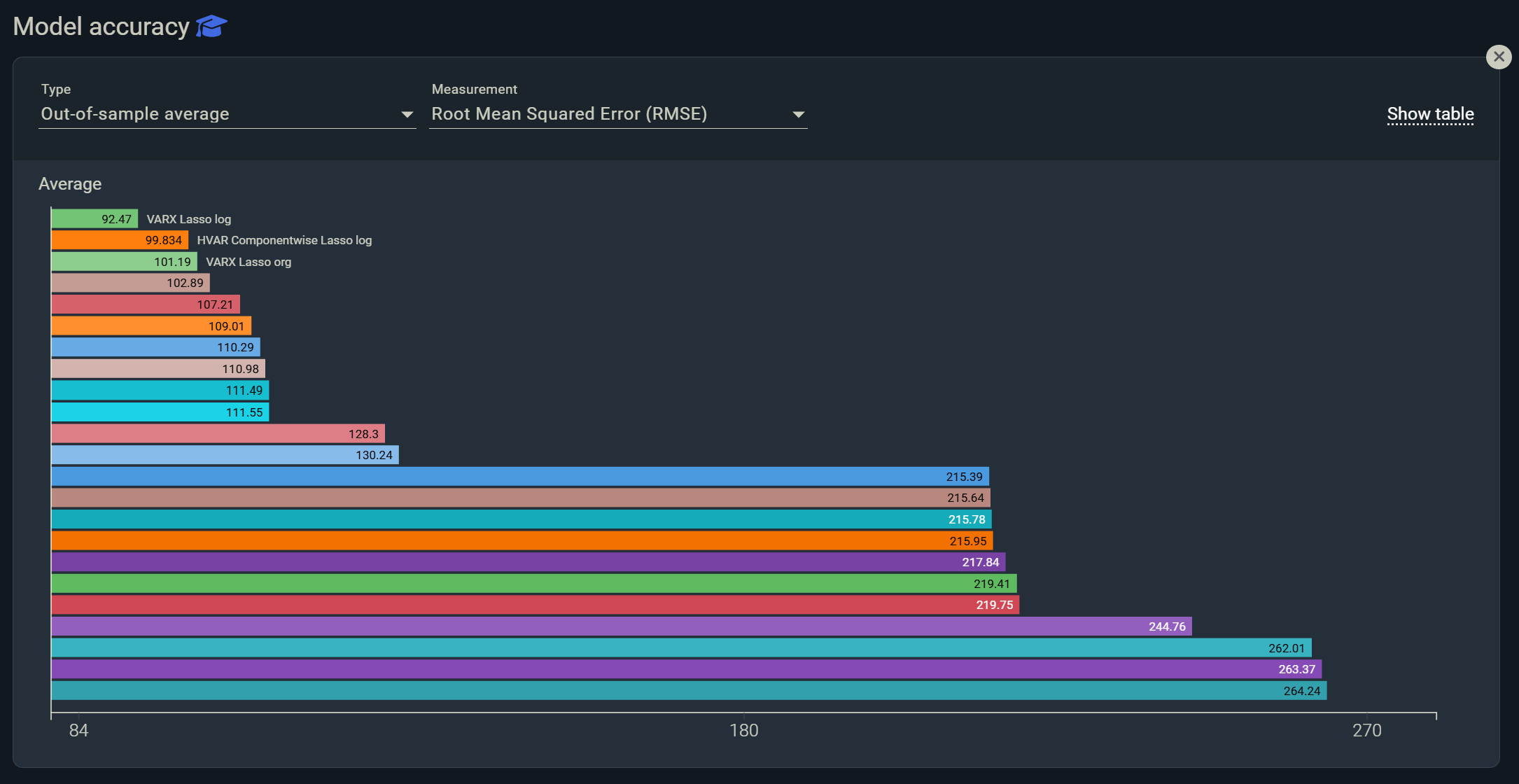As a chemical manufacturer serving the consumer goods market, they needed to get insight into the textile production volumes and export numbers to determine the key drivers that would impact their chemical production.
They knew the way forward was to uncover key demand drivers by industry and region at a quicker pace to stay competitive.
Challenges
Inability to allocate resources efficiently due to little clarity over market shifts
With a branch in this manufacturer serving the consumer goods market, they needed to get insight into the textile production volumes and export numbers to determine the key drivers that would impact their chemical production, and guide their market strategies for both product and region categories.
Not being able to forecast demand accurately and the lack of clarity over the impact of macroeconomic factors meant that they did not have full visibility over resource allocation. This led to unnecessary costs and potential lost revenue.
Inability to identify leading indicators
Currently using a bottom-up approach, their forecast method was limited to a simple univariate forecasting model. This introduced a crucial issue that impacted forecasting accuracy. The risks associated with only applying univariate forecasting models meant that they were missing out on the opportunity to apply leading indicators to their aggregated forecast as univariate forecasting models do not allow for that.
Download the full case study here.
What did they want to achieve?
01 Forecast demand accurately by minimizing forecast error margin
02 Identify new market drivers, evaluate new policies, and their impact on the market
03 Get visibility over resource allocation
The risks associated with only applying univariate forecasting models meant that they were missing out on the opportunity to apply leading indicators to their aggregated forecast as univariate forecasting models do not allow for that.
Here were the results:

42% forecast accuracy improvement
By implementing best practices through all stages of the forecast process, the manufacturer achieved a double-digit MAPE forecast accuracy improvement.

Identified predictive market drivers
After identifying their leading indicators and demand, they could now able to able to factor in the economic developments and business cycle impacting the specific product group. This meant that they could get visibility over the significance of each indicator and an overview of their impact on their business projections.

Overview of their market drivers at an industry and region level
The organization was now able to create forecasts easily for each product group and region. With the models built, it simply requires a quick update monthly, making the process repeatable, saving valuable time Identify their leading indicators and demand more accurately, and get visibility over the significance of each indicator.



